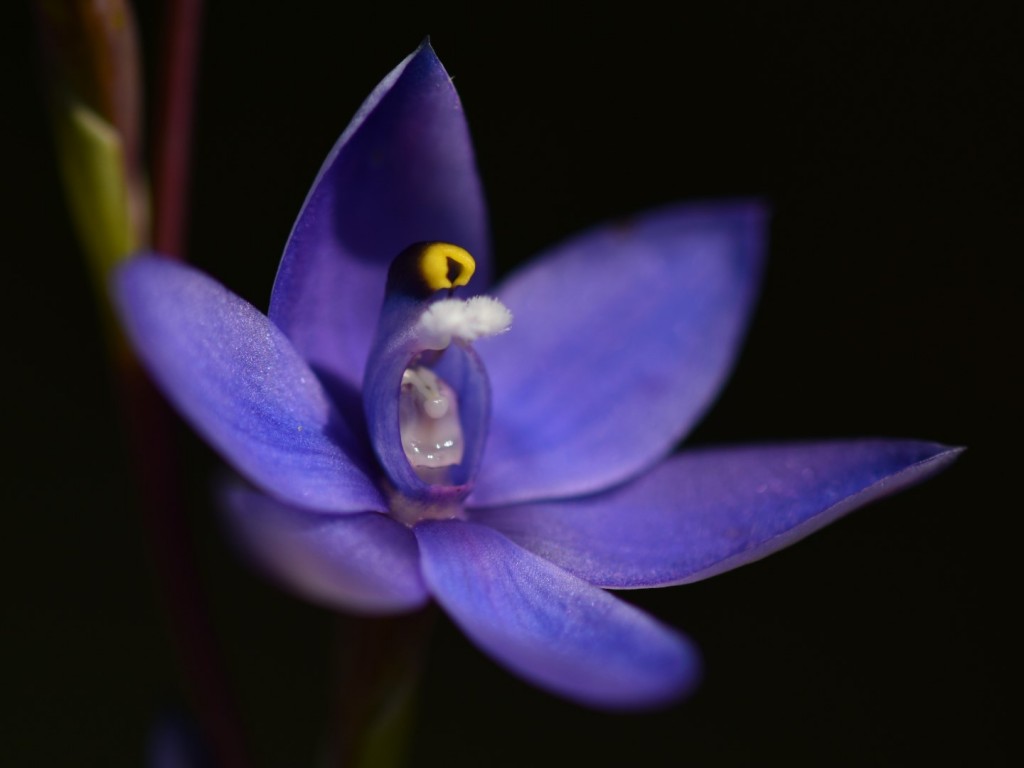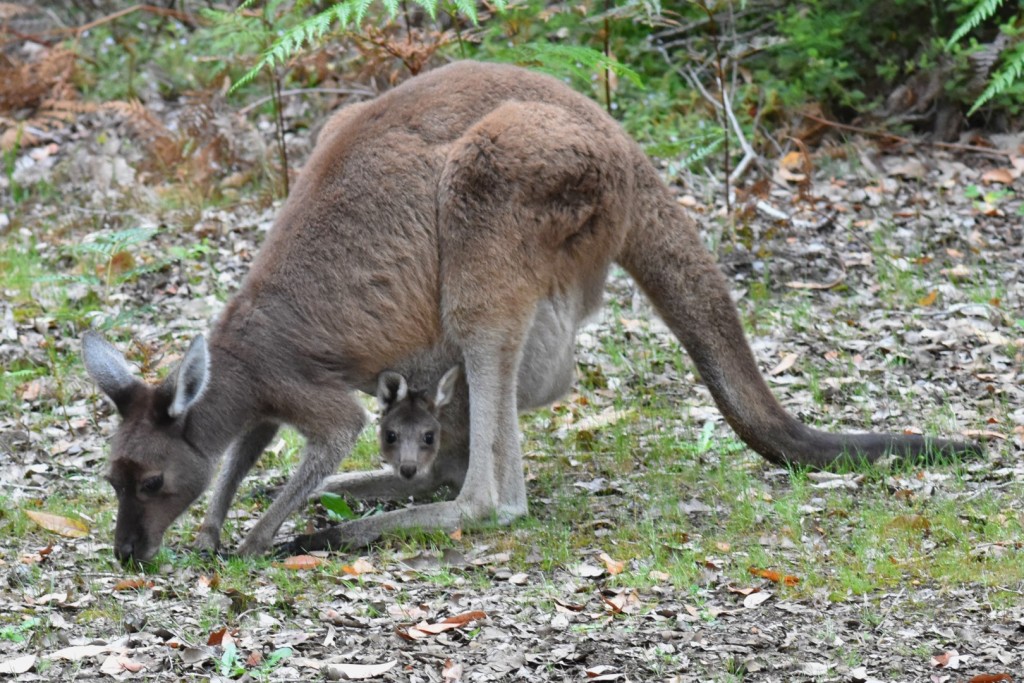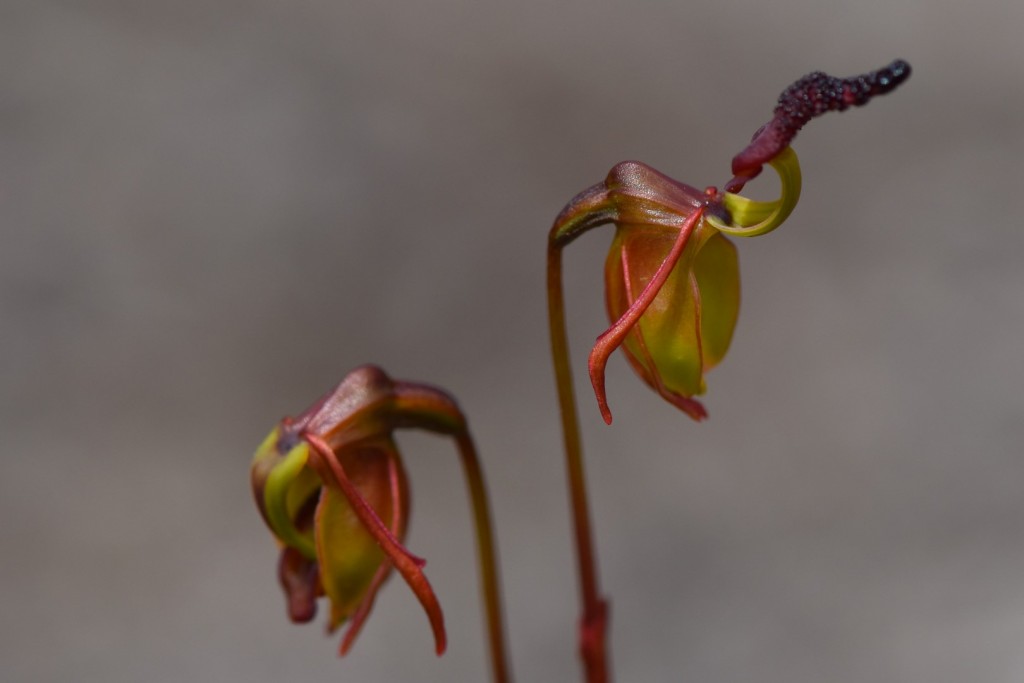Northcliffe is a small town in the south west of W.A. near Pemberton. The population of Northcliffe is officially less than 500 people and it’s known for it’s farming as well as forestry and more recently in February of 2015 it became better known after one of Western Australia’s worst bush fires ravaged the area.
Nine months on and the bush is recovering slowly with different plants dealing with the aftermath in different ways. Karri trees shed their old burnt bark and almost all of the eucalypt trees sprout new shoots along their trunks and main branches. Being the first spring after the fires meant that I was treated to some burgeoning plant growth in many areas around the town.
The caravan park in Northcliffe is small and simple, nestled in among the forest all of the sites are lovely and shady and animals abound, no pun intended. There are many kangaroos throughout the park and they laze around among the camp sites quite used to the caravans and campers, this joey was an inquisitive little one.
It’s a good time of year to spot orchids, and the orchids in W.A. are incredibly diverse, this is a flying duck orchid, similar to the hammer orchids I posted about previously in Denmark, these flowers do look surprisingly like flying ducks with the flower on the right fully opened, while the left one is still opening.
The heads on these flying ducks are rather warty and horrible looking, however, just like the hammer orchids they are specifically adapted to attract wasps for their pollination.
Another common orchid to find around the south coastal areas is the donkey orchid, I’ve been having quite a good run with the orchids since arriving in the south west, I’ve seen at least a couple of dozen varieties.
I have absolutely no idea what this is, some unusual looking hairy bud.
Pea flowers are in abundance with a wide variety of often surprisingly bright colours, purples, reds, yellows, browns, blues and pinks and pastels, there’s something for everyone. Here’s a lovely blue hovea I found by the side of the road.
I’m not really sure what to make of this flower, I can’t see how any insect would get in to pollinate the flower. But then what would I know, all these flowers have evolved over millions of generations with one goal in mind, pollination.
A beautiful delicate pimelea I’d never seen in the karri forest before, some of these small herbaceous shrubs were absolutely covered in their white pom pom flowers.
These coastal daisies are magnificent, they provide a real splash of vivid colour in the coastal sand dunes around beaches.
This is the end of my wildflower trip around Western Australia, it’s been a great experience and I’ve learnt a lot about the local plants, their distribution, their habits, their beauty, and more than anything, their incredible diversity. Undoubtedly the highlight of my trip was Lesueur National park but then some of the most interesting finds for me have come from the incredibly small flowers you can’t see well with the naked eye on a tiny uninteresting plant in a dry and desolate area.
The experience of doing the wildflower trip, taking the macro photographs and posting them up on this blog has helped rekindle my passion for plants and flower and I look forward to further travels around Australia in different areas, seeking out other treasures and gems from the plant world.















No Comments